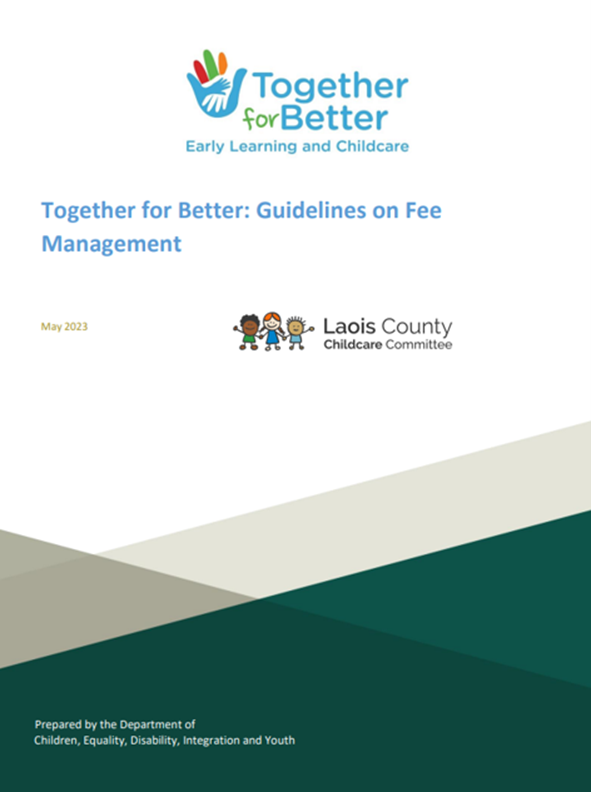


The assessment was based on a 100-point scale, with each response being worth six points. The Evaluation Criteria covers Lesson 1, 2, and 3. "Observe the individual ways children use art media, explore the materials yourself, but avoid making models for children to copy." Task 3, Part D- Evaluation Criteria This assessment covered all three lessons of the learning segment. Graphic Organizer Prompt 1: Make a poster, chart, or some other type of graphic organizer. Having to clean up a large mess of one's making is a logical consequence sitting out at playtime later in the day is not. Example: In middle childhood, children are able to utilize greater logic and problem-solving skills. If you can't time it that way, at least connect the consequence to the behavior. task 3: assessment commentary Respond to the prompts below ( no more than 10 single-spaced pages, including prompts ) by typing your responses within the brackets following each prompt.

Pages exceeding the maximum will not be scored. b.Provide a graphic (table or chart) or narrative that summarizes the class/group’s learning for the common assessment. TASK 1: CONTEXT FOR LEARNING INFORMATION Respond to the prompts below (no more than 3 single-spaced pages, including prompts) by typing your responses within the brackets following each prompt. Having to leave the block area after deliberately knocking over another child's structure would be an example of an immediate consequence. 1.Analyzing Children’s Learning a.Identify the specific language and literacy learning objectives for the common assessment you chose for analysis. Save your guidance for a few minutes, and help them calm down and feel connected first.Īnother timing tip is to set consequences that follow the behavior as soon as possible. When they are really upset they are not ready to learn. One consideration of timing your guidance is to notice the child's emotional state. Remember DAP - goals should be challenging but achievable. Principle 3: Childrens cognitive development and learning are not limited by general stages of. Children should be given a chance to work things out for themselves, but not get too frustrated or upset. Top Twenty Principles for Early Childhood Education. Timing is important when guiding children’s behavior.


 0 kommentar(er)
0 kommentar(er)
